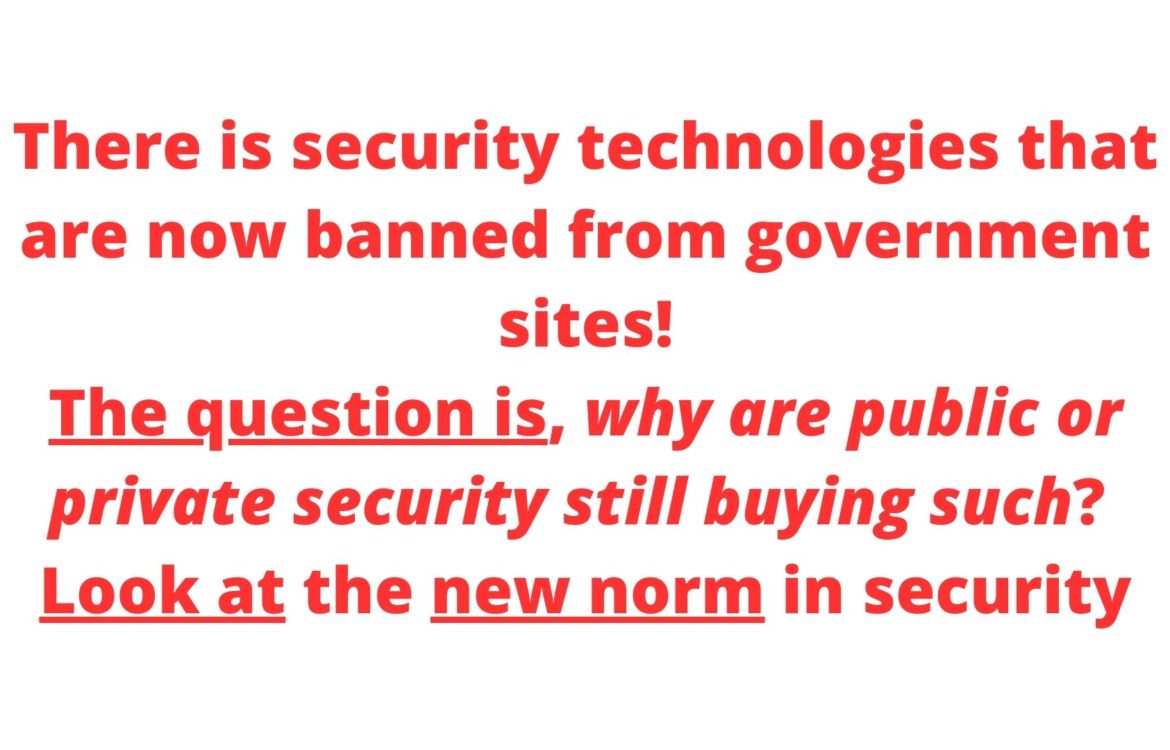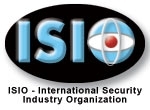
Why was certain security technology banned from government sites draws the question of, why are some still buying such?
The birth of the new norm in the security industry
All security practitioners are involved in technology, managing the flow and behaviour of people besides find the crime and stopping it and protecting sites and saving lives.
We learnt a lot during covid. The security industry managed the population of the world as in, they took temperature, managed the flow and behaviour of people besides ensured that the population complied with the health protocols – but they did more. They had to find the crime related to the threat and had to manage life impacting and deadly incidents.
People had their temperature recorded unknowingly by way of mass screening using thermal detection technology or knowingly when electronic thermometers were used.
Research was done on the thermal detection for certain technology mentioned above. It was uncovered that some technologies that contained thermal imaging were banned from government sites for specific reasons. If these technologies are banned from government buildings, then why would security departments in cities, corporates or certain companies continue to purchase such? Knowing such displays relevancy!
Then there were the analytics manufacturers, that ran onto the market sporting their social distancing and mask identification. However, the ones that were advised by security practitioners added a wider range that should have appealed more so to the end users if they were presented as solutions to identify and stop specific crime related to tailing threats of covid besides post covid.
The security sector also managed the flow and behaviour of people.
Against this backdrop we again talk to using technology besides the workforce on the ground. Security could manage life impacting and deadly incidents. [They], do manage aggressive and violent behaviour.
Obviously, as we have seen – social media capturing ineffective or unruly managing the population could impact reputational damage to the client, security company and the practitioner/s on the ground.
Therefore, there is new norm for selecting staff, layering the staff besides using specific analytics for distinct purpose that is related to the monitoring of the population. Knowing such displays relevancy!
Because of the tailing threat of the economic meltdown that began from covid provided the security industry the opportunity to produce protocols for profit protection. This now becomes more important to be familiar with because of the threat doubling-up because of Russia and Ukraine besides climate change. The next five years from now could be the same situation or worse subsequently, being knowledgeable on profit protection (security styled) displays relevancy.
Some countries went into partial anarchy during the covid period that was predicted in the x factor for critical thinking criminology security and risk that spoke to specific sites and crimes of concern. By being tapped into appropriate security intelligence for the fast-changing vulnerability landscape displays relevancy
The background above has set the mindset for reaction speed to find predictive issues for any additional global or local threat especially that compromises food or energy security that results with the status of ‘catastrophe security’.
Catastrophe security is already considered and covered in the x factor research for security criminology and risk.
Solutions keeping in mind that the economic situation may not get much better within the next 5 years.
These multiple threats will increase the bandwidth of the crime and chaos.
- All practitioners should be familiar with biothreat security because of the reference points for brand performance of technology and for the protocols for installation of technologies. This should be known to ensure that one can use such knowledge for selection and oversight of the integrators or installers.
- All practitioners should consider the new norm for managing the flow and behaviour of people.
- Knowing how to judge a high-risk site according to the location and predicted threats that could come into theatre speaks for itself.
- Knowing how to educate and train quickly down the line knowledge and skillsets to manage real time threats is now required more so than just compliance training.
Security success depends on the level of situational awareness of the people on the and ground (all are decision-makers) and their reaction speed. (Kirsten J 2018)
